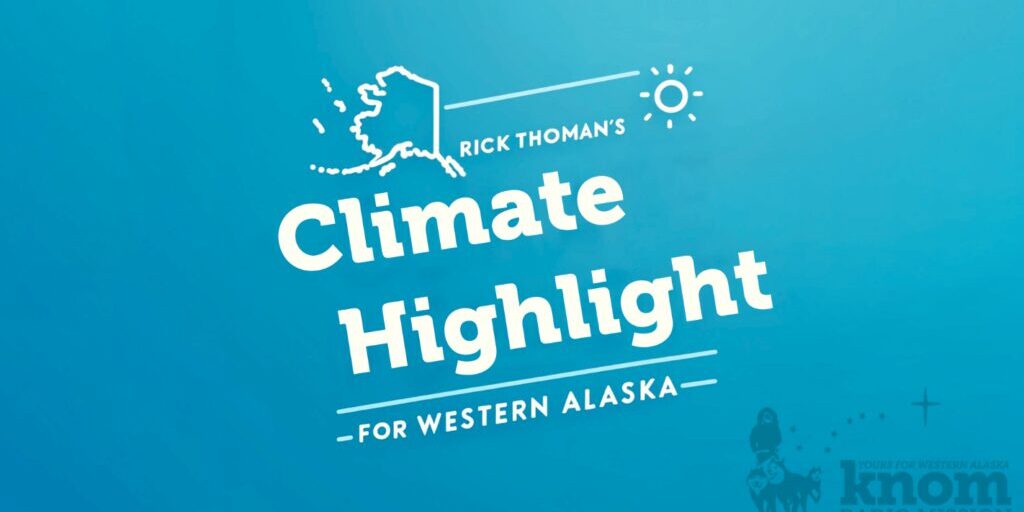2024 was an eventful year weather and climate wise for Nome and all of the region. Following changeable weather in January and February, March and April saw excessive storminess and high snowfall.
Mild weather came in late May and June was a warm month, including a daily record high of 77 degrees on June 10th at Nome. That turned out to be the highest temperature of the summer.
The Goldbug wildfire south of Deering also broke out in early June and burned 7,700 acres, the largest wildfire on the Seward Peninsula since 2019.
But then the tables turned and frequent, and at times heavy rain, in July and August set a record for high precipitation during those months. Repeated stormy weather in August also set wind records for the summer.
October brought some minor coastal flooding to the Nome area, but the flooding was severe at Shishmaref.
To top it off, December 11 was the mildest December day in Nome's 119 year climate history and combined with the rain left lots of ice on area roads and even on the tundra.
Looking ahead, we of course don't know what 2025 has in store for us weather wise, but be assured we'll have the details right here on KNOM's Climate Highlight.




